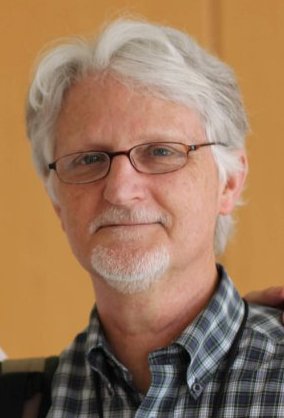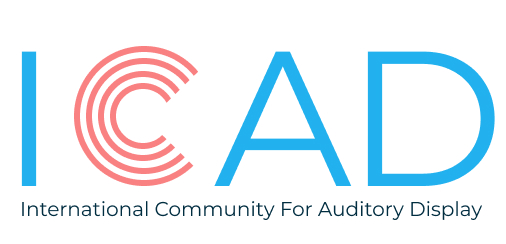ICAD Board Treasurer and recent NRL retiree!
So, who are you?
I’m Derek Brock, ICAD’s treasurer. I have recently retired from the U.S. Naval Research Laboratory (NRL) where I was a human factors researcher for 27 years. The majority of my work there was concerned with challenges presented by information displays. I’m chiefly interested in how models of human language use can be applied to the design of user interfaces, with an emphasis on mediated attention in multitasking and the use auditory displays in this context. Happily, I still have an emeritus relationship with my NRL colleagues and their ongoing work in these areas of interest.
How did you end up working on Sonification and Auditory Displays?
 Not long after I started at NRL, I was lucky enough to get to work under Jim Ballas, who was interested in the psychology of sound and the utility of auditory displays in operational settings. Jim is a past president of ICAD, and through him, I gained a foundational understanding of the the field and acquired a lifelong interest in its broad range of issues. At roughly the same time as spatialized sound was becoming computationally and commercially feasible, I met Hesham Fouad (now at NRL), who founded VRSonic and helped me in innumerable ways in the latter part of my career.
Not long after I started at NRL, I was lucky enough to get to work under Jim Ballas, who was interested in the psychology of sound and the utility of auditory displays in operational settings. Jim is a past president of ICAD, and through him, I gained a foundational understanding of the the field and acquired a lifelong interest in its broad range of issues. At roughly the same time as spatialized sound was becoming computationally and commercially feasible, I met Hesham Fouad (now at NRL), who founded VRSonic and helped me in innumerable ways in the latter part of my career.
What is the role of Sonification/Auditory Display in your research?
My auditory display research has mostly involved the use of sound to direct attention and augment understanding in operational contexts. Under Jim Ballas, I explored the human performance dimensions of using auditory cueing in concurrent task environments, which led to an appreciation of attention as a serial resource and the idea of mediating competing information tasks. In a subsequent series of spatialized sound studies, comprehension of concurrent talkers improved significantly when each source was presented alone and time scaled to compensate for serialization, even when the narratives were interleaved. Recently in unfinished work, I turned to the challenge of serially mediating competing aural and visual tasks, making this interruptible, and using non-speech auditory cues to direct visual attention and convey meta-task information.
What is the most challenging part in your work?
Perhaps not surprisingly, the idea of interactive mediation has been far more challenging to think through and study than the auditory component of my research. Serializing competing information tasks improves comprehension but also wrests attentional autonomy away from the user. In highly charged settings where informational priorities are fluid, mindless serialization is likely a non-starter. Instead, users are expected to require a system of more nuanced attentional management that can be suspended and resumed per changing operational contingencies. Hesham Fouad is currently pursuing this work.
Best sonification/auditory display ever?
I am interested in auditory graphing – a key to sonification – but feel it requires more skill than most listeners possess. Still, sonifications exist that require little explanation to be appreciated, e.g., St. Pierre and Droumeva (DOI:10.21785/icad2016.033) and https://soundcloud.com/marcstpierre.
Any way to learn more about your work or reach out to you?
Contact me at derekbrock@verizon.net
I’m a huge fan of ICAD’s academic independence and single track conferences and continue to be wowed by the diversity of exceptional work in our community!

